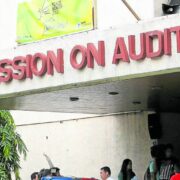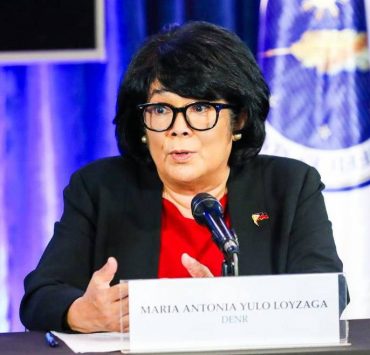Oct loans picked up pace, ending 6-mo slowdown
The growth of lending activities among large banks in the Philippines may have picked up by 7.1 percent in October after slowing down continuously in the previous six months, according to the Bangko Sentral ng Pilipinas (BSP).
The latest monthly result came out following a stronger-than-expected performance of Philippine gross domestic product in the third quarter, pegged at 5.9 percent from 4.3 percent in the second quarter.
Preliminary data at the BSP show that in October, the BSP recorded total outstanding loans to have reached P11.3 trillion.
Growth in total lending, net of short-term loans to the central bank, was just half as brisk as the 13.9 percent observed in the same month of 2022 but faster than the 6.6 percent recorded last September.
Compared with September when the amount of loans outstanding amounted to P11.17 trillion, bank lending picked up by 1.4 percent.
That month, lending to Philippine residents alone also grew by 7.5 percent to a net of P10.99 trillion.
Similarly, this was faster than the growth rate of 6.6 percent in September when residents owed banks a total of P10.85 trillion.
Of the amount lent to residents as of October, loans granted to businesses rose by 5.9 percent to P9.77 trillion.
This was also better compared with the 5.5-percent growth in September when outstanding loans for production activities were pegged at P9.65 trillion.
The biggest borrowers were companies engaged in real estate activities at P2.28 trillion; wholesale and retail trade at P1.28 trillion; electricity, gas, steam and air-conditioning supply at P1.26 trillion; manufacturing at P1.18 trillion; and financial and insurance activities at P1.05 trillion.
Consumer lending
Meanwhile, the growth of consumer loans to residents—for credit card transactions, motor vehicle purchases, salary-based general purpose and other purposes—eased by 22.8 percent to P1.21 trillion in October. In September, lending to consumers grew by 23.5 percent to reach P1.19 trillion.
On the other hand, outstanding loans to non-residents shrank by 5.1 percent at P321.5 billion, reversing from a growth rate of 0.3 percent at P325.7 billion in September.
In a report issued in November, the central bank said Philippine banks remain well-capitalized and highly liquid, with a capital adequacy ratio and key liquidity ratios exceeding the BSP regulatory and international standards.
“The overall key performance indicators of the Philippine financial system and the domestic banking system show that this sector continues to be a source of strength for the Philippines, capable of meeting the demands of a growing digital and sustainable economy,” BSP Governor Eli Remolona Jr. said. INQ

















